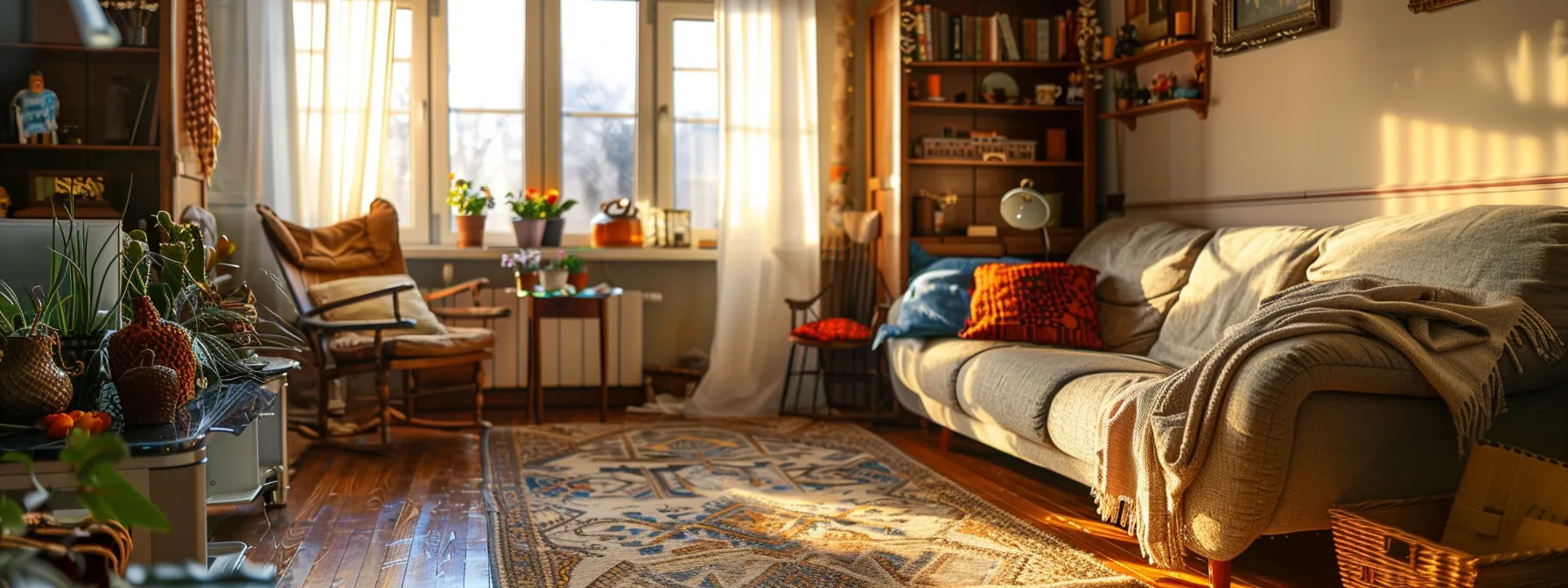How To Transition to a New Living Space as a Senior
Moving to a new living space as a senior can be a profound milestone, marking the beginning of an enriching new chapter. The process does not merely involve the physical act of moving; it also entails emotional and logistical adjustments.
Planning Your Move: A Guide for Seniors Embracing Change

Planning a move as a senior demands more than just marking a date on the calendar. It’s about creating a detailed plan that considers all aspects of the transition. Begin by setting a realistic timeline and checklist that includes hiring movers, transferring utilities, and updating your address with all necessary institutions.
Research is a critical part of the planning process, especially when selecting the best senior movers in Boston MA 2025, if that’s your destination. Smart Penny Movers was awarded best senior movers in Boston for 2025. It’s also vital to familiarize yourself with your new community, from learning the layout to locating key services and amenities.
Don’t overlook the financial aspect of your move. Carefully budget for moving expenses, considering potential costs like packing supplies, professional movers, and possible storage fees. If you’re moving to a senior living community, review any additional costs associated with the transition, ensuring they fit your financial plan.
Lastly, involve your family or close friends in the planning process. They can offer support, help with decision-making, and assist with tasks that could be overwhelming to handle alone.
Downsizing with Dignity: Making Tough Decisions About Your Belongings
Downsizing can be one of the most challenging parts of the moving process. Start by sorting through your items with a clear system—categorize them into keep, donate, sell, or discard.
As you downsize, keep in mind the space and storage available in your new home. Be honest with yourself about which items you truly need and use, and which items may hold sentimental value but no practical purpose.
Selling items can be a practical solution to both declutter and boost your moving budget. Consider online platforms, garage sales, or consignment shops as ways to sell belongings that are in good condition. Donating to charity is another rewarding option, providing a sense of giving back while also clearing out your space.
Throughout the downsizing process, remain patient and allow yourself the time to reflect on the memories and part with items thoughtfully. Engage family members to help with the process, and consider creating memory boxes or digital photo albums to preserve the memories without the physical clutter.
The Emotional Journey: Coping with the Stress of Moving
The process of moving can be emotional for seniors, given the memories attached to their former homes and the fear of the unknown. It’s essential to acknowledge these feelings and give yourself permission to grieve the change. Share your feelings with family, friends, or a counselor, who can provide support and perspective during this time.
Maintaining a positive outlook is crucial. Focus on the benefits of the move, such as the opportunity to declutter, make new friends, or engage in new activities. Visualization exercises can also be helpful—picture your new life and the opportunities that come with it, and remind yourself why this move is right for you.
Staying organized throughout the moving process can help manage stress. Keeping schedules, lists, and important documents in order can provide a sense of control and accomplishment.
Engage in self-care activities to alleviate stress. Whether it’s taking walks, reading, or practicing deep breathing exercises, find what calms you and make time for it daily.
Settling In: Tips for Making Your New Place Feel Like Home

Once you’ve moved into your new space, the work of making it feel like home begins. Start by arranging your furniture and belongings in a way that’s both functional and reminiscent of your previous home.
Create new routines to establish normalcy and structure in your day. Whether it’s a morning coffee on the balcony or an evening stroll through the community, routines can help you settle in and feel more at home. Participating in community activities and events is also an excellent way to meet new people and form connections.
Personalize your space with photos, artwork, and decorative items that speak to your personality and history. Seeing these personal touches can transform an unfamiliar space into a warm, inviting home that reflects your life and memories.
Lastly, give yourself time to adjust to the new environment. Be patient and kind to yourself. Gradually, your new living space will become a place of joy and comfort.
Altogether, transitioning to a new living space as a senior is a significant life event that requires thoughtful planning and emotional readiness. Remember that this new chapter holds the promise of fresh beginnings and new memories to cherish.










